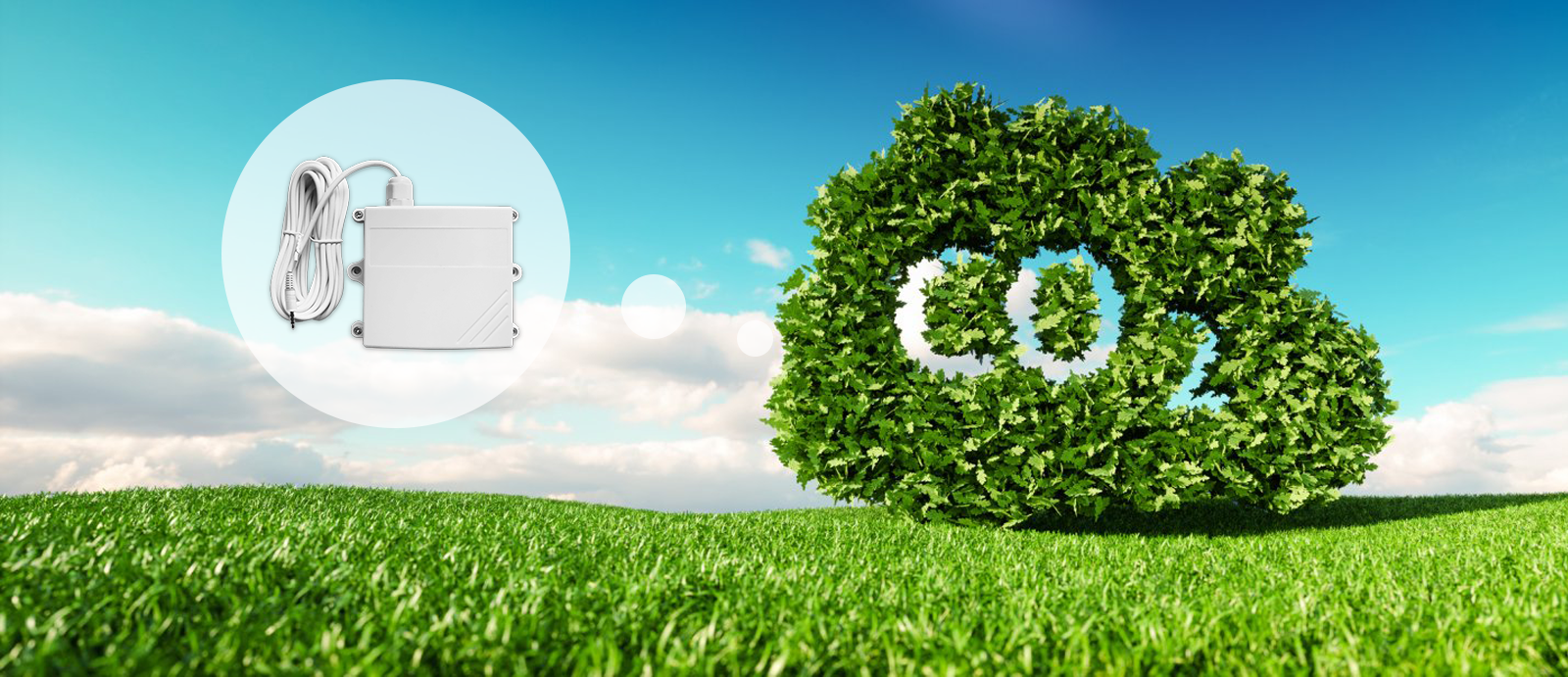
UbiBot External CO2 Probe
2021-10-22 06:52:20
Carbon dioxide cannot be detected by a carbon monoxide detector. A carbon dioxide detector uses NDIR (non-dispersive infrared sensor) that measures light in a sample of air. The amount of light is contrarywise proportional to the amount of carbon dioxide that is present in the air. On the other hand, a carbon monoxide detector uses an electrochemical sensor that detects the presence of carbon monoxide gas.
Many people believe that carbon dioxide and carbon monoxide are the same things since they have many characteristics in common. The abbreviations and the names are similar, and both are known as silent killers.
Carbon dioxide is a gas that is naturally occurring on the planet, and it is not created by humans. It can be formed from many different sources.
A source of indoor carbon dioxide is home cooking since any form of fire in your house is the cause of carbon dioxide. You will definitely produce carbon dioxide if you’re using a fireplace, wood stove, or gas stove. Even lighting a candle will produce carbon dioxide. Another source is poor ventilation since many homes are tightly sealed and trap carbon dioxide in the confined space. Lastly, one of the largest sources of indoor CO2 is our own bodies. During a series of chemical reactions that happen while you breathe, our body creates carbon dioxide.
Common sources of carbon dioxide include transportation like planes, trucks, and cars, electricity production, especially coal-fired power plants, and industrial processes like cement, chemical production, and refineries. Solid and liquid carbon dioxide, which are known as dry ice, is frequently used in the beverage and the food industry.
Too much CO2 means that there is an exhaustion of oxygen, and the air in the space can become hard to breathe and hazardous. However, if the deficiency is due to too much carbon dioxide, and you are waiting for an oxygen deficiency alarm sound, it can mean that the levels of carbon dioxide have already reached a level that is dangerous.
Typical symptoms of carbon dioxide exposure include shortage of breath, tremors of the muscles, sweating, faster heart rate, lessened vision field, disorientation, dry or cottonmouth, and reduced focus. Studies show that as carbon dioxide levels rise, people have a harder task performing simple and complex tasks, as well as learning.

What Is the Proper Height for A CO2 Sensor?
CO2 gravitates toward the floor, and it is heavier than air. In order to properly detect harmful CO2 levels, the device needs to be placed 18 inches above to floor. This way, you will increase safety by detecting increased levels of carbon dioxide.
Overexposure and leaks of these gases can happen any time of the day, so no matter which industry you work in, you need to be able to prevent potential injuries from happening.
To be alert in a timely manner when carbon dioxide levels reach high concentration, and to be able to combat this, UbiBot offers the external CO2 probe. With the UbiBot external CO2 probe, you can know the quality of the indoor air.
The Carbon Dioxide probe by UbiBot is created with an industrial sensor that can measure carbon dioxide in a range from 0 to 10000 ppm. Carbon dioxide can play a negative role in many scenarios, like a lab, greenhouse, home, and so on. In order to have good air quality in your lab, to grow your plants, and to prevent carbon dioxide from harming our health, the UbiBot External probe will play a crucial role.
The probe will notify you when the threshold you set has been crossed. It can be used as an accessory of a GS1 device, and it will need a connection to the GS1 series of devices, like GS1-AETH, GS1-AL4G, and so on.
Thanks to the UbiBot external probe, you won’t have to watch the readings all of the time. You can access all of the data from the web console or our app since it is long-term stored on UbiBot’s platform. Extreme conditions or a sudden change will be the cause for an alert through IFTTT, voice calls, SMS texts, emails, app notifications, and so on.
Some other platform features will be accessible to the CO2 data if you integrate it with a GS1 device. The platforms work with IFTTT, which supports automation with other electronic appliances, like ventilation systems or fans. The CO2 data has access to data forwarding, long-term storage, and free data export.
To conclude, the probe has multiple nodes of alert, which will notify you every time that the reading goes over the normal range, so you don’t have to bother about constantly checking them. You can remotely access the data through the web console or app, and the probe matches with GS1 devices. The readings can also be displayed on the GS1 screen.